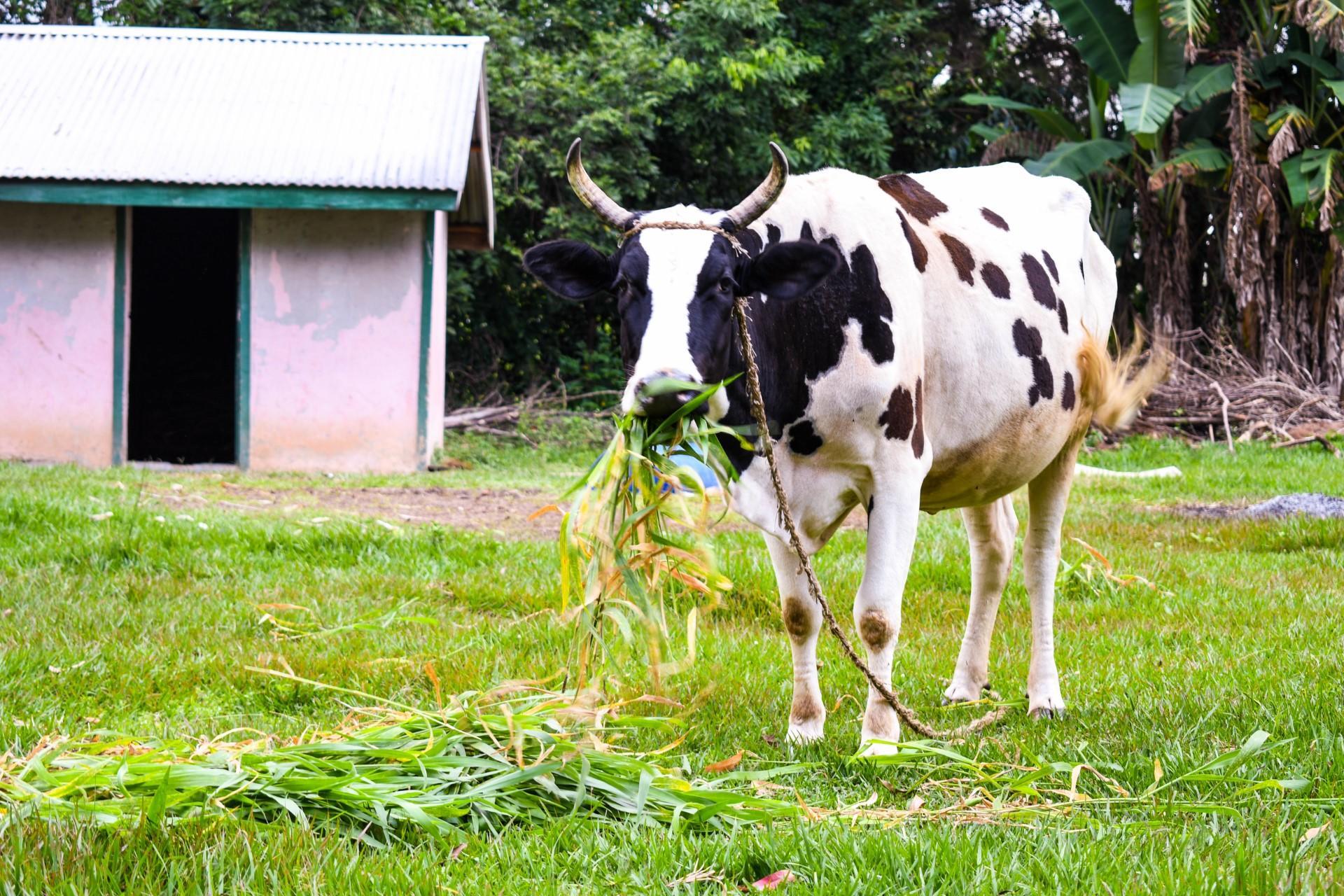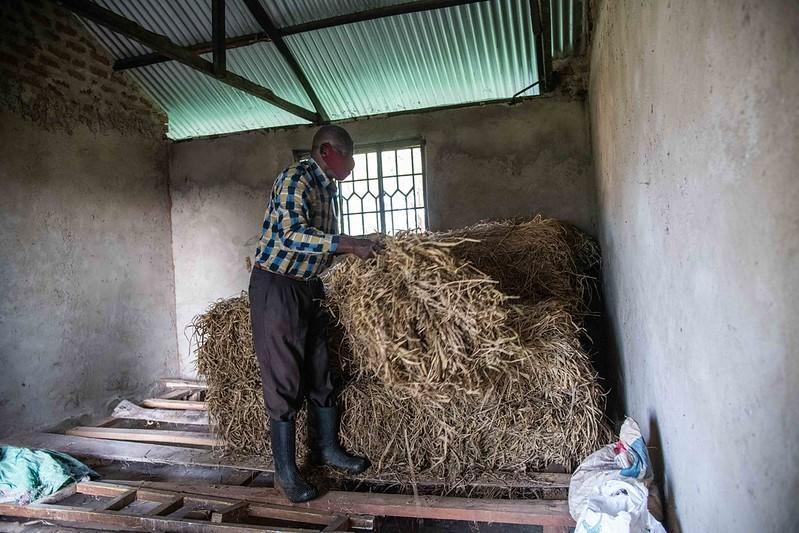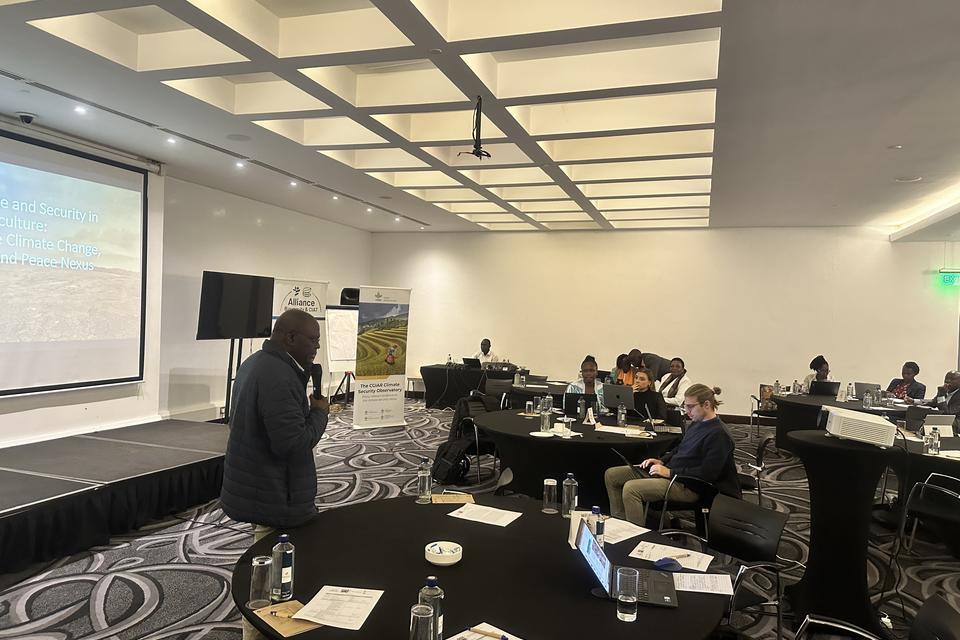Press and News Adaptation mechanisms for Derisking access to finance for Dairy Farmers

Dairy farmers in Kenya are experiencing the harsh realities of climate change, with droughts and heat stress emerging as major climate hazards affecting the sector. These climatic challenges directly impact cattle growth, reproduction, milk production, animal health, and overall welfare. The consequences of climate change impact dairy farmers on multiple fronts, directly increasing uncertainty and risk for both farmers and lending institutions. Farmers adopting strategic adaptation measures is essential to de-risk their activities and make them more attractive prospects for lending.
By: Christopher Agyekomhene, Shalika Vyas, Simeone Brouwer, Pedro Chilambe, Joseline Kiogora
To address these issues and unlock financial opportunities, the Alliance and Financial Access Consulting Services (FACS), have embarked on an initiative in Kenya under the Climate Resilience and Livestock and Climate Initiatives to investigate key adaptation strategies that can de-risk the dairy farming sector and improve access to finance for smallholders. This review is a crucial component of a broader objective: the development of a climate "conscious" credit risk scoring system for smallholder financing.
One impactful adaptation strategy identified involves implementing cooling techniques for dairy animals. These techniques aim to reduce the heat load on animals during hot afternoons by providing roof and shading structures. Shading, in particular, has proven effective, reducing the total heat load by up to 50%. Cows provided with cooling exhibit higher milk yields, increased dry matter intake, and improved respiration rates. Cooling methods are not only efficient but also economical, making them suitable for smallholder farmers.
Another strategy involves breeding more heat-tolerant dairy cattle breeds. Local breeds that have adapted to the region's climatic stressors can be reinforced through crossbreeding with heat and disease-tolerant breeds. These crossbred animals exhibit enhanced productivity and resilience. While exotic breeds often offer higher productivity, they are more vulnerable to adverse climate conditions. The choice between breeding for resilience and higher production levels must consider local context and available resources.
Proper water and feed storage practices are essential to mitigate the adverse effects of drought. Storing water reserves ensures continuous water supply for livestock, even during dry spells. Additionally, the strategic storage of high-quality feed and fodder provides a reliable food source for animals. Fodder conservation practices such as silage pits, hay bales, tube silages, and maize stover stores should be explored. Farmers must also adopt feeding concentrates, legume forages, and improved pasture management.

A smallholder dairy farmer in rural Kenya diligently storing feed for his livestock. Credit ©2020 Alliance of Bioversity International and CIAT/ Georgina Smith
Insurance offers financial safety nets for farmers vulnerable to climate-related risks. Credit-linked insurance schemes provide support to risk-exposed small-scale farmers who often lack substantial collateral. These schemes empower farmers to confront and adapt to challenges posed by adverse climate variations and extreme weather events, ultimately enhancing their productivity and resilience.
Information systems and early warning systems play a crucial role in enhancing farmers' resilience to climate impacts. These systems provide timely and location-specific information on weather patterns and potential climate-related risks. Early warning systems alert farmers to imminent weather-related challenges, allowing them to take proactive measures. Additionally, these systems facilitate climate-smart agricultural practices, enabling farmers to optimize milk production, maintain cattle health, and minimize economic losses. Information and early warning systems are vital tools for building resilience among dairy farmers in a climate-vulnerable environment.
This comprehensive approach to addressing climate-related challenges in smallholder dairy farming offers a path towards resilience and financial access for farmers. By implementing these adaptation measures, farmers can navigate the uncertainties of a changing climate while lending institutions can confidently engage with them. A key objective of the ClimBeR initiative in Kenya is the integration of adaptation strategies into the credit scoring systems. This innovative approach directly quantifies the risk reduction achieved through these adaptation mechanisms, reflecting the de-risking efforts in the farmers' credit ratings. By embedding these strategies into the credit scoring process, lending institutions can more accurately assess the creditworthiness of dairy farmers who have adopted these climate-smart practices. This not only makes smallholders more attractive prospects for loans but also promotes a proactive approach to climate resilience. Ultimately, this initiative aims to unlock the potential of smallholder agriculture in Africa, fostering growth, sustainability, and prosperity for the dairy sector.


